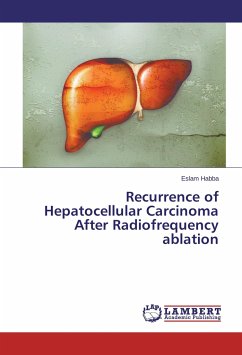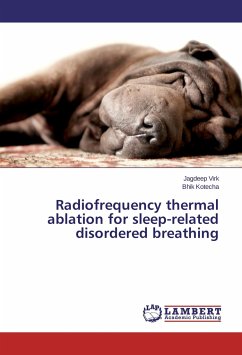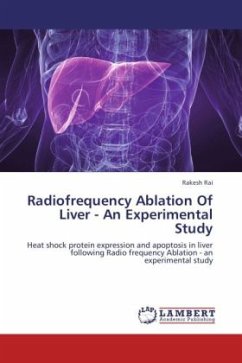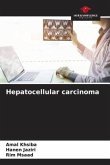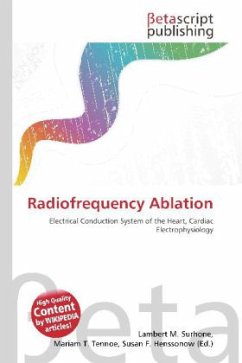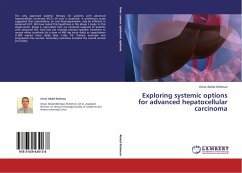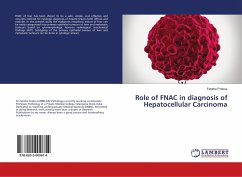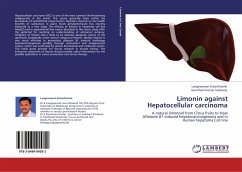Hepatocellular carcinoma is a major health problem worldwide, with an estimated incidence ranging between 500,000 and 1,000,000 new cases annually. It is the fifth most common cancer in the world and the third most common cause of cancer-related deaths.For years, partial hepatectomy and liver transplantation have been considered as the main curative treatments. However, only 10% to 20% of HCC are resectable. Anatomic location, size or number of lesions, inadequate liver remnant, or co-morbid condition precludes surgery in the majority of patients. Currently, local ablative therapy competes with partial hepatectomy and liver transplantation as primary treatment for small HCC.Radiofrequency ablation (RFA) is considered a promising alternative to surgery. For irresectable tumors, RFA seems to be the most effective treatment among other locoregional therapies. The main advantages of RFA include low morbidity and mortality rates, effective tumor ablation and preservation of maximal normal liver parenchyma.However, despite the high complete necrosis rate of RFA, early tumor recurrence within one year, either local tumor recurrence or new tumor formation,remains a significant problem.
Bitte wählen Sie Ihr Anliegen aus.
Rechnungen
Retourenschein anfordern
Bestellstatus
Storno

